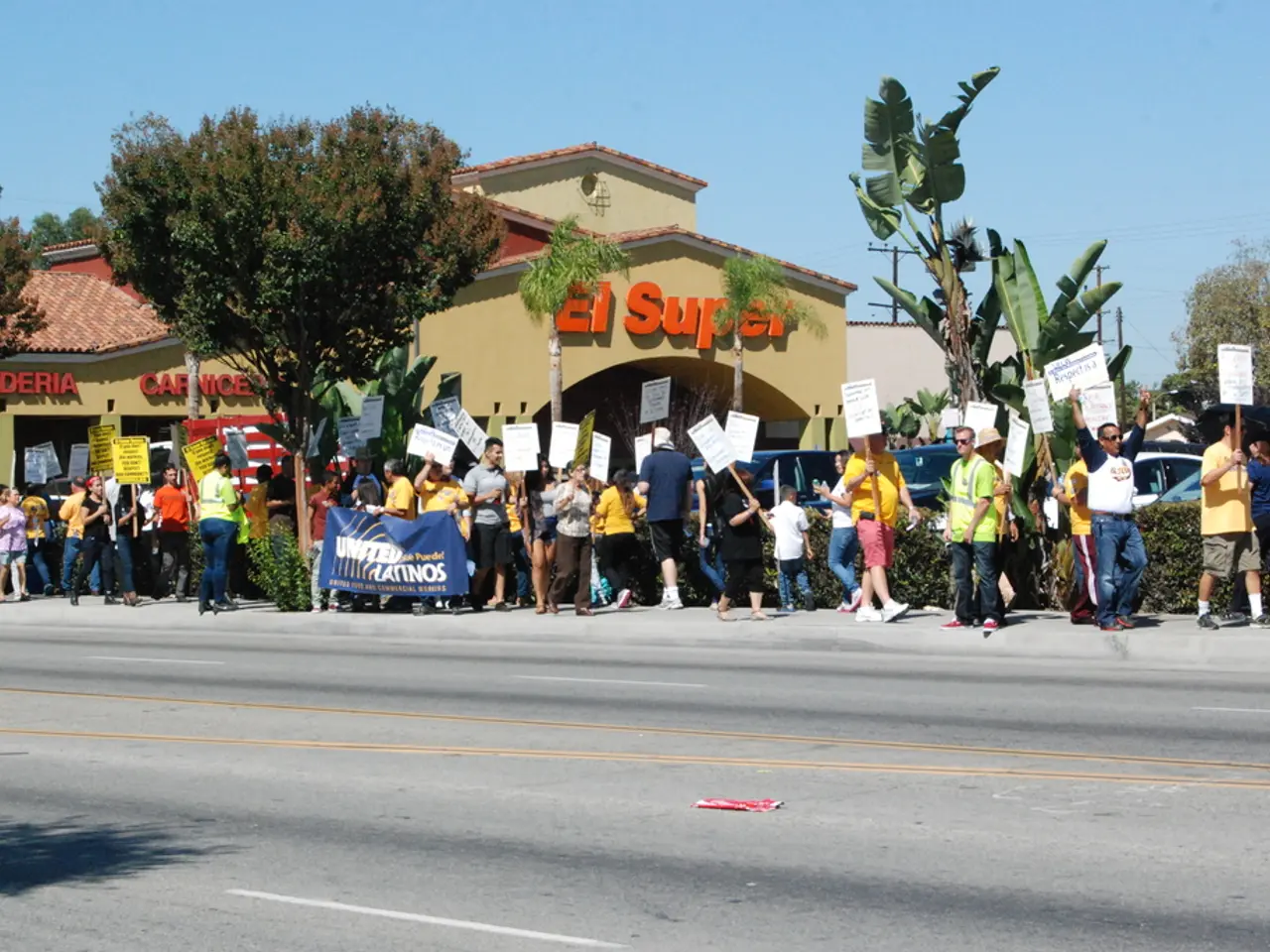The imperative for Political Campaigns to implement Social Media Surveillance Strategies.
In the digital age, political campaigns are increasingly leveraging social media monitoring to gain valuable insights, improve engagement, and stay ahead of the curve. This strategic tool helps campaigns manage their reputation, gather competitor intelligence, optimise messaging, and respond effectively to crises.
At the heart of social media monitoring is the tracking and analysis of news media outlets and social media platforms for mentions of a candidate or campaign. This practice is essential for understanding how the public perceives a campaign and identifying key voices who amplify or shape conversations.
Social media monitoring can significantly boost voter engagement by identifying supporters, questions, or concerns. By enabling campaigns to directly engage audiences with tailored responses and content, it fosters a sense of connection and inclusivity.
Monitoring platforms also help campaigns spot unusual patterns in posting, hashtag flooding, or coordinated messaging often tied to bot networks or organized groups. This early detection allows campaigns to address issues before they escalate.
Moreover, data-driven insights from social media monitoring enable campaigns to refine tone, topics, visuals, and timing to align with voter preferences and board sentiment. By understanding what resonates with their audience, campaigns can craft more effective and engaging content.
To implement an effective social media monitoring strategy, campaigns should focus on comprehensive listening, real-time tracking, data analysis, engagement, and action planning. Key steps include setting up real-time alerts for relevant keywords and mentions, centralising social media monitoring and engagement, filtering and organising user-generated content, analysing social media data regularly for insights, engaging actively with the audience, developing and implementing an action plan based on monitoring data, sharing insights with stakeholders regularly, and monitoring for negative or malicious activity carefully.
Social media monitoring is not just for large campaigns. Any campaign, local or national, can leverage affordable monitoring tools to gain a strategic advantage and deeper audience understanding. Common tools for social media monitoring include social listening platforms, analytics dashboards, alert systems, and CRM integrations, ranging from free to enterprise solutions.
In conclusion, the best practices for social media monitoring in political campaigns emphasise proactivity, data-driven decision-making, and audience focus. By staying attuned to public sentiment and online conversations, campaigns can craft more relevant, timely, and engaging content, ultimately leading to a more effective and impactful campaign.
- In the realm of political campaigns, consulting services that specialize in social media analytics are instrumental in tracking and analyzing mentions of candidates or campaigns on news media outlets and social media platforms.
- Leveraging ads and campaign strategy, these social media analytics help to optimize messaging, manage reputation, and gather competitor intelligence.
- blog posts, comments, and shares on social media also serve as valuable sources of information, highlighting key voices that amplify or shape public conversations about the campaign.
- Monitoring services for general-news and political discussions can spot unusual patterns, such as coordinated messaging or hashtag flooding, often linked to bot networks or organized groups.
- To maximize the effectiveness of a social media monitoring strategy, campaigns should focus on services that provide real-time tracking, data analysis, and action planning, allowing them to quickly address issues, engage audiences, and craft compelling content catered to voter preferences.








